Description
The black spot fox face (Siganus unimaculatus) is a striking marine fish known for its distinct colouration and unique features. It can grow up to a maximum size of around 12 inches (30 centimetres). This species has an elongated body shape with a compressed profile, and its dorsal and anal fins are adorned with sharp spines. The black spot fox face displays a vibrant combination of yellow and black, with a prominent black spot located towards the rear of its body. The scales of this fish are small and closely set, giving it a smooth appearance.
Taxonomy
The black spot fox face belongs to the genus Siganus and the family Siganidae. Siganus is a genus of marine fish commonly known as rabbitfish. The family Siganidae consists of approximately 30 species, and they are primarily found in the Indo-Pacific region. The closest relatives of the black spot foxface within the genus Siganus include other fox face rabbitfish species, such as the magnificent foxface (Siganus magnificus) and the blotched foxface (Siganus unimaculatus). The genus name Siganus is derived from the Greek word “sigano,” meaning “rabbit,” due to the rabbit-like shape of these fish.
Natural Habitat
The natural habitat of the black spot fox face encompasses coral reefs and rocky areas in tropical and subtropical waters. It prefers areas with abundant hiding spots, such as caves and crevices, where it can seek shelter when feeling threatened. The habitat is rich in diverse coral formations and other marine organisms, providing a wide range of food sources for the black spot foxface. These underwater ecosystems are teeming with life, featuring vibrant corals, various fish species, and other invertebrates.
Keeping the Black Spot Fox Face Healthy
The care level for the black spot fox face is moderate, making it suitable for intermediate-level aquarists. Providing a well-maintained aquarium environment is essential for their health and well-being. It is recommended to maintain stable water conditions, with a temperature range of 74-80°F (23-27°C) and a salinity level of 1.022-1.025 specific gravity. Regular water quality checks, including monitoring pH and ammonia levels, are crucial to ensure optimal conditions.
Special Requirements and Feeding
The black spot foxface has a herbivorous diet and requires a varied and balanced nutritional intake. It primarily feeds on algae, including filamentous, calcareous, and green varieties. Offering a mix of high-quality commercial foods designed for herbivorous marine fish, such as algae-based pellets and flakes, is recommended. Supplementing their diet with fresh vegetables, like blanched spinach or seaweed sheets, helps mimic their natural feeding habits and provides essential nutrients.
How Many Should I Keep?
When considering the black spot foxface, it is recommended to keep only one specimen per tank due to their territorial nature. They can become aggressive towards conspecifics (same species) and other similar-looking fish, especially when establishing their territory. However, they can coexist with other peaceful fish species, such as tangs, wrasses, and clownfish, in a well-sized aquarium with ample hiding places.
Lighting Preference
The black spot fox face prefers moderate to bright lighting conditions in the aquarium. Mimicking natural sunlight by using full-spectrum reef lighting systems is beneficial for the overall health and colouration of this species. Adequate lighting also promotes the growth of algae, which serves as a natural food source for the black spot foxface.
Suitable Tank Mates
The black spot foxface can cohabitate with a variety of compatible tank mates. Peaceful and non-aggressive fish species that inhabit different water levels, such as damselfish, gobies, and cardinalfish, make suitable companions. It is important to avoid keeping them with aggressive or territorial species, as this can lead to conflicts and stress for the black spot foxface. Additionally, caution should be exercised when introducing new tank mates to prevent any potential aggression or territorial disputes.
Reproduction in the Wild
In the wild, the black spot fox face (Siganus unimaculatus) engages in reproductive activities that lead to the continuation of their species. These events occur within their natural habitat, predominantly coral reefs and rocky areas. During the breeding season, which varies depending on the geographical location, male and female black spot foxfaces engage in courtship behaviours to initiate the spawning process. The exact details of their reproductive behaviour in the wild are not extensively documented, but it is believed that they release their gametes into the water column, where fertilization takes place.
Breeding Siganus unimaculatus
Breeding the black spot fox face (Siganus unimaculatus) in a controlled aquarium environment requires specific setups and attention to detail. Here is a detailed overview of the breeding process:
- Set Up
To create an ideal breeding environment, provide a spacious aquarium with a minimum size of 100 gallons. Use a well-established reef tank with stable water parameters. Install appropriate lighting to mimic natural conditions and provide hiding spots, such as PVC pipes or live rock, for the fish to spawn and seek refuge.
- Courtship/Spawning
Introduce a well-conditioned pair of black spot foxfaces to the breeding tank. The male will display courtship behaviours, such as increased activity and vibrant coloration, to attract the female. Once courtship is successful, spawning occurs, with the male and female swimming closely together in synchronized movements. The female releases eggs into the water column while the male simultaneously releases sperm for fertilization to occur.
- Rearing
To increase the chances of successful breeding, it is recommended to remove the adult fish from the breeding tank after spawning, as they may consume the eggs. The fertilized eggs, which are buoyant, will float in the water column. Provide gentle water flow to keep the eggs suspended. After hatching, the larvae will go through a pelagic stage and gradually develop into juveniles. It is crucial to provide appropriate larval food, such as rotifers and copepods, to support their growth and survival.
Sexual Dimorphism
Sexual dimorphism in the black spot fox face (Siganus unimaculatus) is not distinctly pronounced. However, during the spawning season, males may exhibit more vibrant colouration and increased activity levels compared to females. Females may appear slightly plumper due to the presence of eggs.
Distribution
The black spot fox face, Siganus unimaculatus, is native to the Indo-Pacific region, specifically the tropical and subtropical waters. It is found in various locations including the Red Sea, the Maldives, the Great Barrier Reef, and the Hawaiian Islands. While captive-bred and line-bred strains of black spot foxfaces are available in the aquarium trade, the original fish typically originate from the wild populations of these regions.
Summary
The black spot foxface (Siganus unimaculatus) engages in reproductive activities in the wild, where spawning takes place through the release of gametes into the water column. Breeding this species in a controlled environment requires appropriate setups, courtship behaviours, and the provision of optimal conditions for egg fertilization and larval rearing. Sexual dimorphism in this species is not highly pronounced. The black spot foxface is native to the Indo-Pacific region, and while captive-bred strains exist, the original fish are typically sourced from wild populations.
The Fish pictured here are representative only and the livestock you receive may vary in pattern, coloration, and shape.


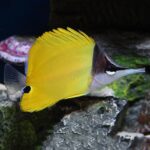
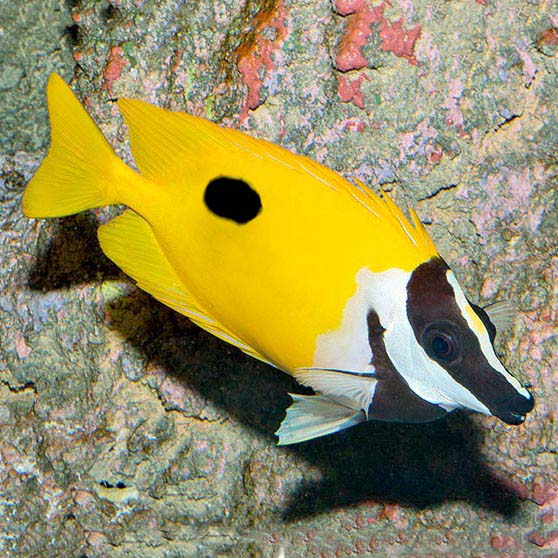

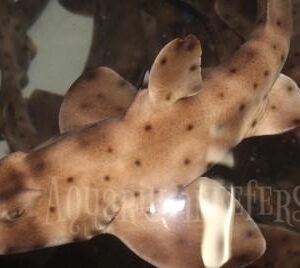
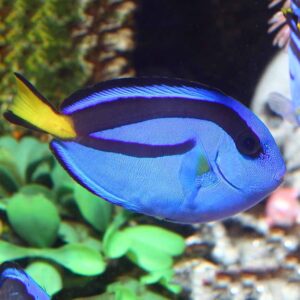

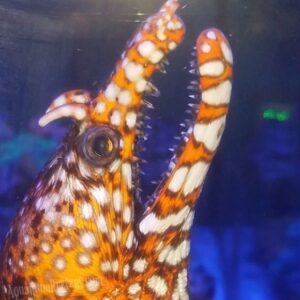
 Two Little Fishies Calcium Pronto 800g
Two Little Fishies Calcium Pronto 800g 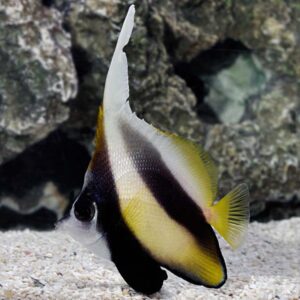 Red Sea Bannerfish
Red Sea Bannerfish  API Stress Coat + 16oz ( pond version )
API Stress Coat + 16oz ( pond version ) 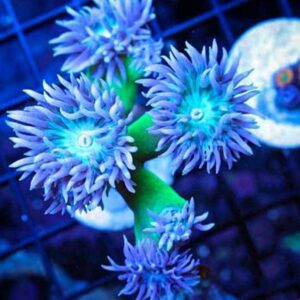 Duncan F6
Duncan F6 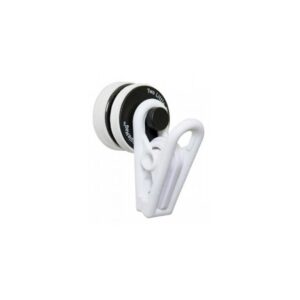 Mega Veggie-Mag Feeding Clip Magnet - Two Little Fishies
Mega Veggie-Mag Feeding Clip Magnet - Two Little Fishies 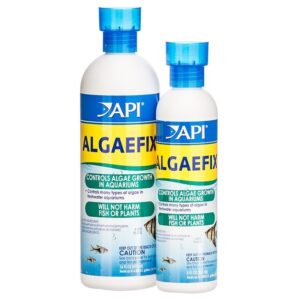 API Freshwater / Aquarium AlgaeFix 16oz
API Freshwater / Aquarium AlgaeFix 16oz  QUICK START 8oz - API
QUICK START 8oz - API  API Melafix Marine Aquarium 16oz
API Melafix Marine Aquarium 16oz 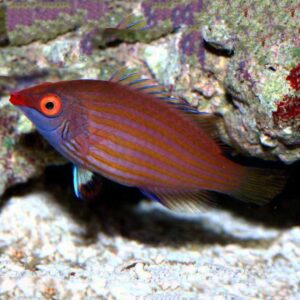 Pink Streaked Wrasse
Pink Streaked Wrasse  PondCare Simply Clear Pond Clarifier 16oz - API
PondCare Simply Clear Pond Clarifier 16oz - API  Acid Rain Bubble Tip Anemone
Acid Rain Bubble Tip Anemone  API Stress Coat + 1Gal ( pond version )
API Stress Coat + 1Gal ( pond version )  Brightwell Aquatics Reef Blizzard-L 50G
Brightwell Aquatics Reef Blizzard-L 50G 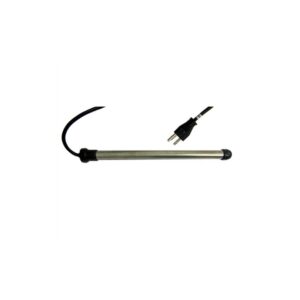 JBJ 500W TITANIUM HEATING ELEMENT
JBJ 500W TITANIUM HEATING ELEMENT 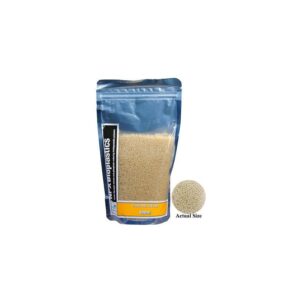 NPX Bioplastics 1L - Two Little Fishies
NPX Bioplastics 1L - Two Little Fishies  Pulcherrimus Anthias Male
Pulcherrimus Anthias Male  Vitamarin-c 500ml - Brightwell Aquatics
Vitamarin-c 500ml - Brightwell Aquatics 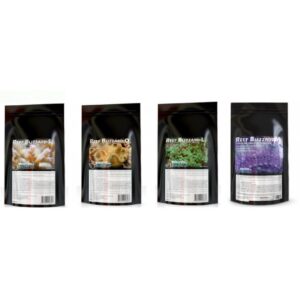 Brightwell Aquatics Reef Blizzard-S 50G
Brightwell Aquatics Reef Blizzard-S 50G 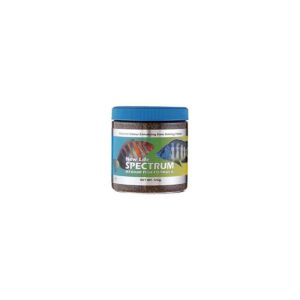 Marine Fish Formula 600g - 1mm Sinking/salt/Fresh - New Life Spectrum
Marine Fish Formula 600g - 1mm Sinking/salt/Fresh - New Life Spectrum  3/4" Y Fitting
3/4" Y Fitting 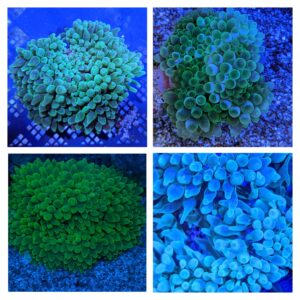 Green Bubble Anemone
Green Bubble Anemone  Radiant Wrasse Male
Radiant Wrasse Male  ATI 24 Inch 8x24W SunPower T5HO High-Output Fixture
ATI 24 Inch 8x24W SunPower T5HO High-Output Fixture  ReVive Coral Cleaner - Two Little Fishies
ReVive Coral Cleaner - Two Little Fishies 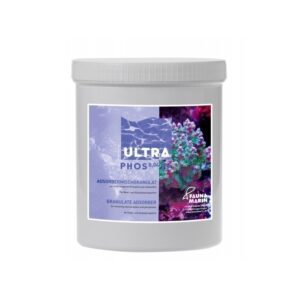 Ultra Phos 500ml
Ultra Phos 500ml 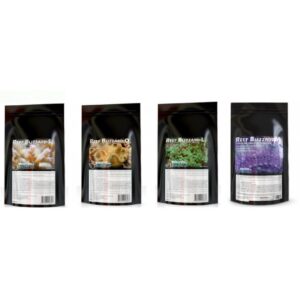 Brightwell Aquatics Reef Blizzard-A 50G
Brightwell Aquatics Reef Blizzard-A 50G  Scribbled Bimaculatus Anthias Male
Scribbled Bimaculatus Anthias Male  API Stress Coat + 32oz ( pond version )
API Stress Coat + 32oz ( pond version )  Red Marbled War Coral F2
Red Marbled War Coral F2  Green Blue Eye Favia F2
Green Blue Eye Favia F2  Reno WiFi 36" (35"- 39") LED Aquarium Light w/ Phone App
Reno WiFi 36" (35"- 39") LED Aquarium Light w/ Phone App 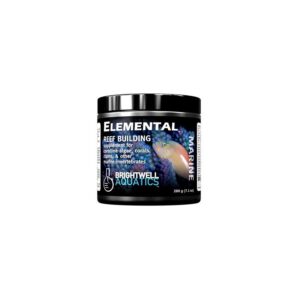 Elemental 800 Gram - Dry Reef Building Complex for Corals, Clams - Brightwell Aquatics
Elemental 800 Gram - Dry Reef Building Complex for Corals, Clams - Brightwell Aquatics  Hagen Aqua Clear 70 Power Filter, 265 L (70 US gal.)
Hagen Aqua Clear 70 Power Filter, 265 L (70 US gal.) 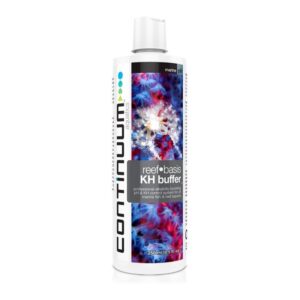 CONTINUUM reef basis KH Buffer 500ml
CONTINUUM reef basis KH Buffer 500ml 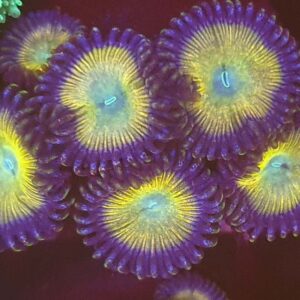 Satsuma Sunrise Zoanthid F2
Satsuma Sunrise Zoanthid F2  UltraPlanktos-Z CWM 500ml - Brightwell Aquatics
UltraPlanktos-Z CWM 500ml - Brightwell Aquatics 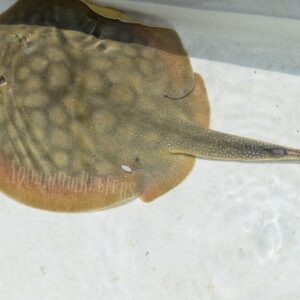 California Round Stingrays
California Round Stingrays 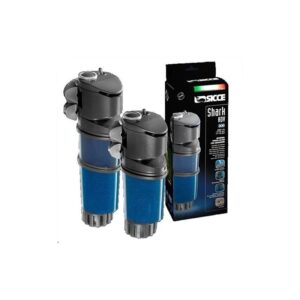 Shark ADV 800 Internal Aquarium Filter (211 gph) - Sicce
Shark ADV 800 Internal Aquarium Filter (211 gph) - Sicce 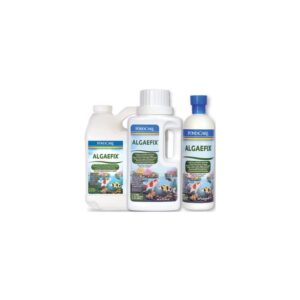 API Pond Care AlgaeFix 2.5 Gal
API Pond Care AlgaeFix 2.5 Gal 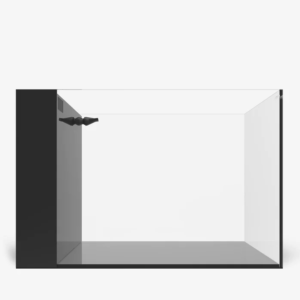 AIO 25 PENINSULA
AIO 25 PENINSULA  Ultra A Min 250ml
Ultra A Min 250ml 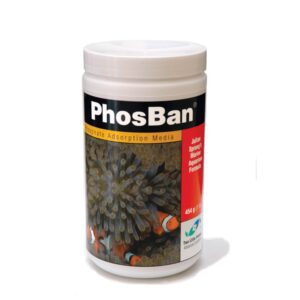 PhosBan 454g - Two Little Fishies
PhosBan 454g - Two Little Fishies  Eheim Battery Operated Auto Fish Feeder
Eheim Battery Operated Auto Fish Feeder 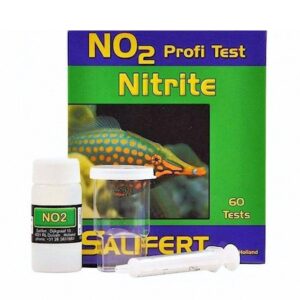 Salifert Test Kit Nitrite
Salifert Test Kit Nitrite  API Stress Coat 1Gal
API Stress Coat 1Gal 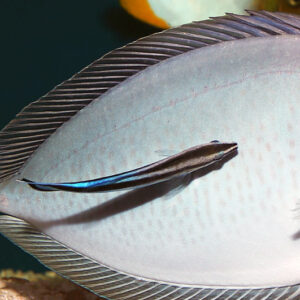 Cleaner Wrasse
Cleaner Wrasse  Aqua Excel -FR50 Media Reactor
Aqua Excel -FR50 Media Reactor  API Pond-Zyme with Barley 1Pound
API Pond-Zyme with Barley 1Pound 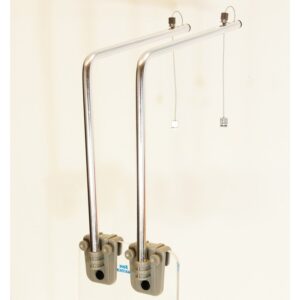 Light Hanging Kit
Light Hanging Kit 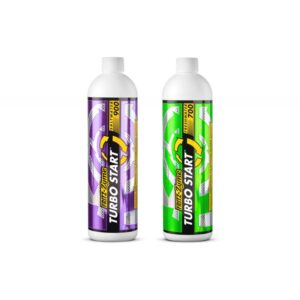 16oz Turbo Start 700 Freshwater - Fritz Zyme
16oz Turbo Start 700 Freshwater - Fritz Zyme 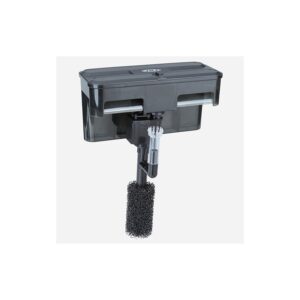 JBJ Reaction Power Filter - 40 Gallons ( HB-45)
JBJ Reaction Power Filter - 40 Gallons ( HB-45) 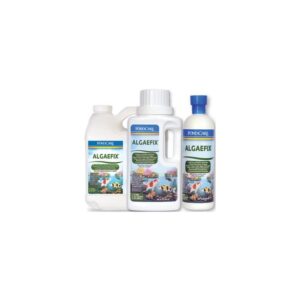 API Pond Care AlgaeFix 1Gal
API Pond Care AlgaeFix 1Gal 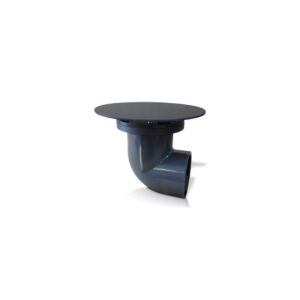 Rhino 90 Degree 4" Bottom Drain
Rhino 90 Degree 4" Bottom Drain  NYOS Absolute Aminos
NYOS Absolute Aminos  Ceramic Filter Media Plate 12 x 12 x 3/4"
Ceramic Filter Media Plate 12 x 12 x 3/4"  Salifert Test Kit Magnesium
Salifert Test Kit Magnesium  4" Filter Sock 150 microns
4" Filter Sock 150 microns
Reviews
There are no reviews yet.